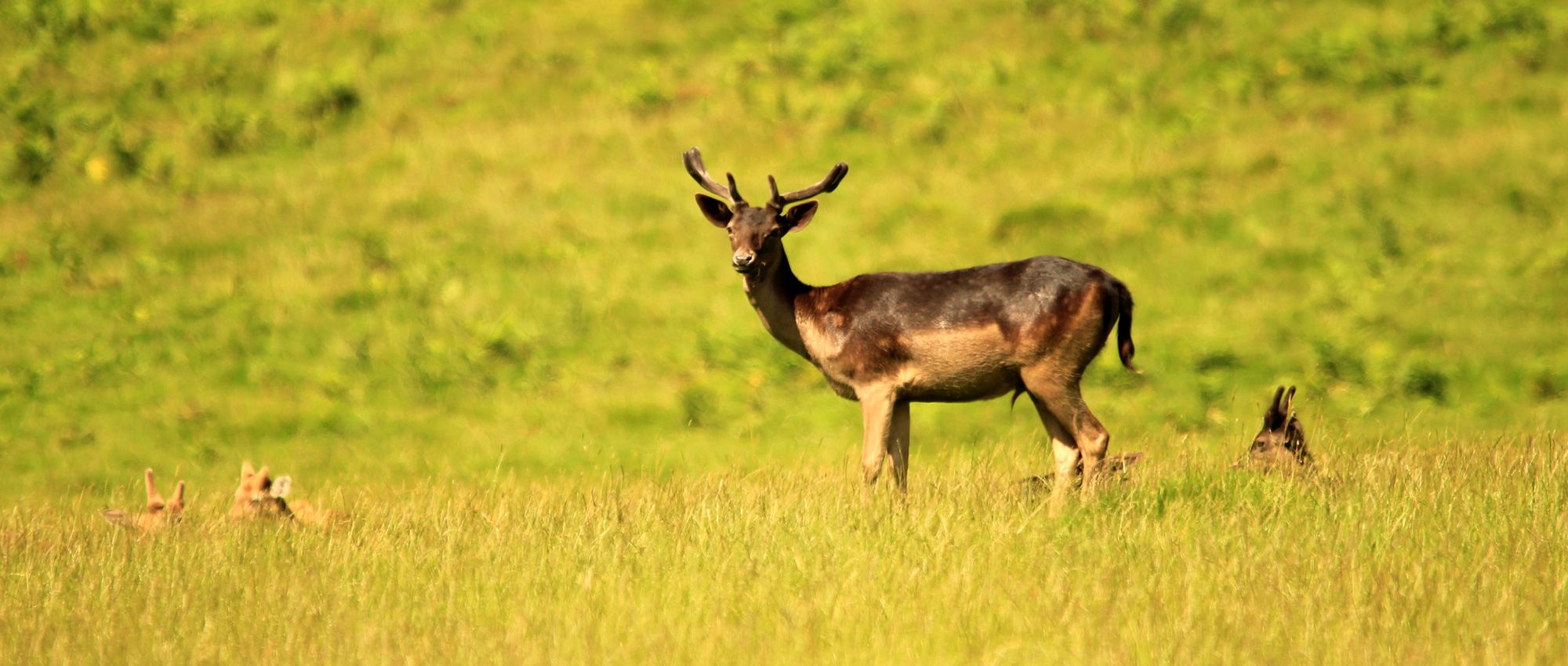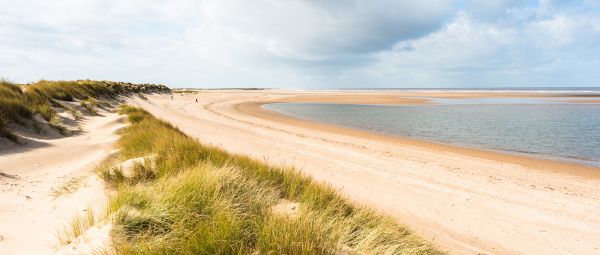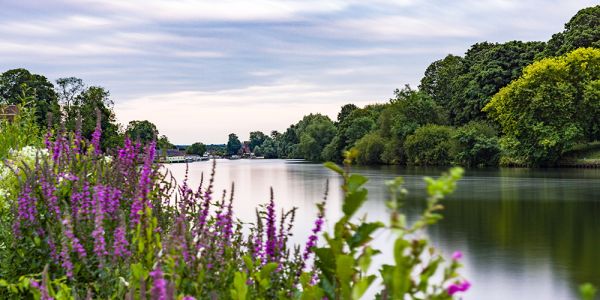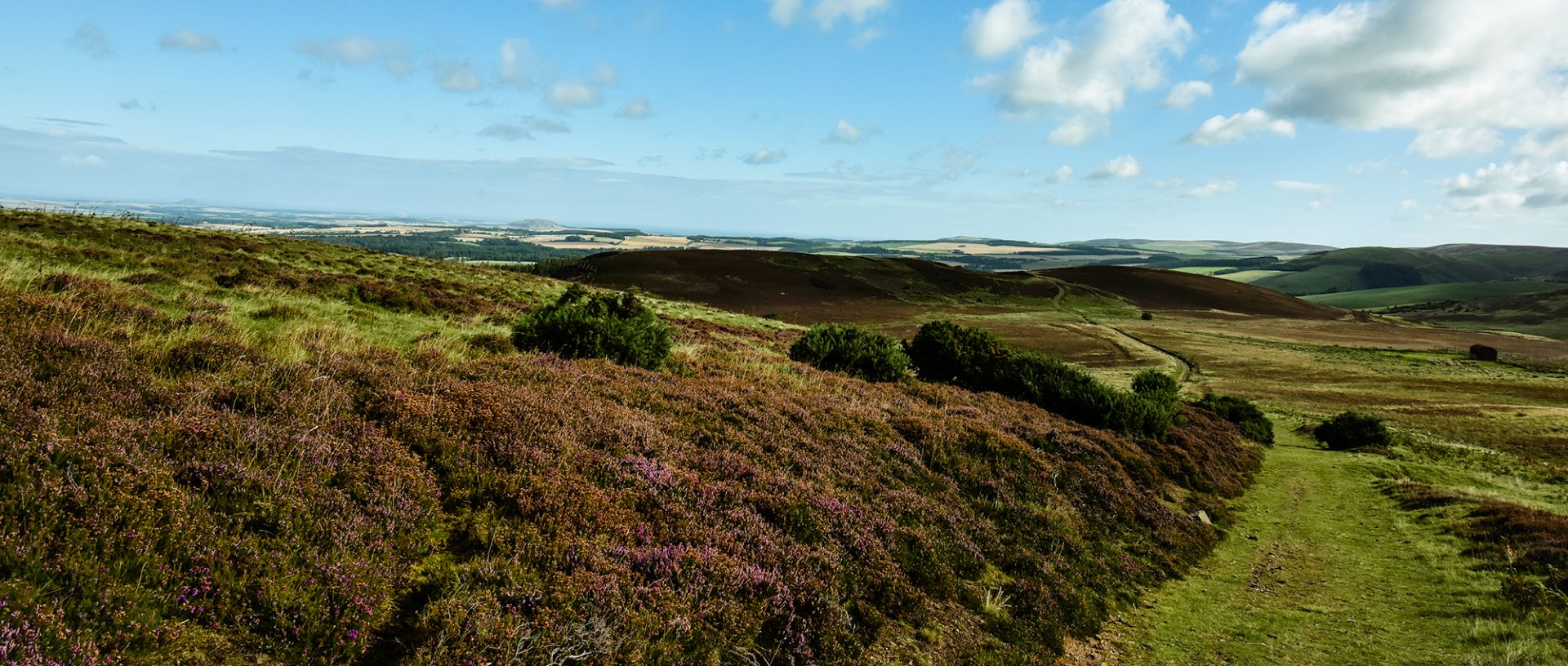9 great wildlife walks for the whole family
A fantastic selection of wildlife walks across England, Scotland and Wales

1. Follow fallow deer in Dinefwr Park, Carmarthenshire
Young imaginations run wild among the ruins of 12th-century Dinefwr Castle, glaring across the Tywi River from its craggy perch. But the short walk to its tumbledown walls through Dinefwr Park is just as exciting. There are lots of birds and beasts to spot en route. Bugs buzz, crawl and hop among ancient willow and oak trees. You’ll hear the rhythmic tapping of all three woodpecker species here, too, and perhaps spot rare tree sparrows. Teal, widgeon and tufted ducks dabble in millponds and streams. Most magnificent, though, are the fallow deer that emerge into clearings as the evening draws in. In autumn, listen out for bucks (males) roaring during the rut, a noisy courtship ritual. Complete an easy 3-mile loop from the National Trust-managed Newton House, which has a carpark, café and toilets.
2. Ogle ospreys at Loch Garten, Abernethy
Watching an osprey plunge into a lake and emerge clutching a fish in its claws is one of nature’s most thrilling spectacles. Witness this hunting prowess at RSPB Loch Garten, in the Caledonian pine forest of Abernethy in Cairngorms National Park. Various paths lace these woods, including the circular 1.7-mile Two Lochs trail visiting that osprey-splashed lake. Visit between spring and autumn to best enjoy the wildlife. You might see red squirrels, crested tits and darting dragonflies at and around the nature centre. If you’re lucky, you could even encounter a capercaillie lek, where males of these huge grouse display to attract females.
3. Admire a purple emperor on Bookham Commons, Surrey
It’s majestic, it’s big, it’s colourful: the purple emperor is a truly imperious insect. Bookham Commons is the place to spot Britain’s second-largest butterfly on an easy woodland amble. Butterflies aren’t the only natural wonders here, though in spring and summer you’ll spot many of Britain’s 50-odd species. Nightingales sing on spring evenings, when shy roe deer peek from behind ancient trees. Sparrowhawks hunt here, too, and marsh orchids add extra purple to sandy areas. For the best of the natural wonders, stroll the triangular Family Trail. This easy two-hour route visits both Little and Great Bookham Common, with several good picnic spots en route. There are three carparks at the edges of the Commons, and trains from London Waterloo reach Bookham station in under an hour.
4. Scamper with red squirrels in Whinlatter Forest, Cumbria
Though scarce in much of England, red squirrels have a stronghold in the evergreen forests of Cumbria and Northumberland. A hotspot for encounters with these delightful tufty-eared creatures is Whinlatter Forest, overlooking Keswick, Bassenthwaite Lake and Derwentwater. The 0.75-mile Squirrel Scurry Children's Trail is just one of several routes specially designed for little legs. But there’s much more for kids and adults alike to enjoy in England’s only true mountain forest. Young ones delight in Gruffalo sculptures and WildPlay activity zones, picnic areas, treetop adventures and other activities.

5. Stride past puffins at Bempton Cliffs, North Yorkshire
Puffins are the clowns of the cliffs, their clumsy-looking landings as comical as their colourful striped bills. Each spring they breed in burrows on British cliffs, fishing for sandeels to feed hungry chicks. Flamborough Head, North Yorkshire, is a hotspot for puffins and countless other breeding seabirds including razorbills, guillemots and huge gannets. One of the best spots for admiring their antics is RSPB Bempton Cliffs. There’s a carpark, toilets, seabird centre and picnic area here, along with a selection of walking trails. For more puffin-watching, follow the clifftop path to the Yorkshire Wildlife Trust’s Flamborough Cliffs Nature Reserve. It’s a relatively flat walk of about 4 miles to the east.

6. Watch darting dragonflies at Wicken Fen, Cambridgeshire
Here you’ll find dragons and damsels! Dragonflies and damselflies are astonishing creatures, entrancing to walkers young and old. Even the names are tantalising: emperor, azure hawker, broad-bodied chaser, banded demoiselle and more. In late spring, these flying hunters emerge and take to the wing once more. Thousands of these dazzling insects flit and hover over the wetlands of Wicken Fen, the National Trust’s oldest nature reserve. Look out for flashes of green and blue on one of the flat, easy walking routes around the fens. The shortest trail is under a mile on good boardwalk.
7. Roam among red deer in Crinan Wood, Argyll
You don’t have to fly to distant lands to explore rainforest. We have swathes of lush ancient Atlantic oakwood here in Britain, and some of the finest is in Crinan Wood. Among the trees, ferns and mosses of this Woodland Trust site stride mighty red deer with antlers up to 1m wide. During the autumn, the trees echo with the bellows of stags competing for mating rights. Follow an easy 1.5-mile circular waymarked trail to spot Britain’s biggest deer. Keep an eye out for red squirrels, strange-looking fungi and even otter, too. The views across to the isle of Jura are spectacular, and the wild beavers of Knapdale gnaw and splash nearby. There’s a carpark and toilets in Crinan village.
8. Stroll beneath starling murmurations on the Exe Estuary, Devon
One starling is pretty, with its blue-shimmering plumage. But thousands of them, swirling and shifting in unison as they prepare to roost, create arguably the UK’s most astonishing wildlife spectacle. To witness the extraordinary sight of a murmuration, wrap up warm on a cold, clear January afternoon and follow the estuary south of Exeter. As the sun dips, vast, sinuous clouds of starlings perform their aerial ballet before whooshing down to settle in reedbeds. Walk the paths leading around RSPB Exminster Marshes, or just follow the Exe Valley Way along the west bank.
9. Amble among otters at Bosherston, Pembrokeshire
As playful as they are shy and stealthy, otters are a wonder to watch. If you can find them, that is. For many years, these lithe mammals were absent from most British waterways. Fortunately, they’re on the up again. A likely place to spot them now is in the Georgian network of lakes called Bosherston Lily Ponds, near Stackpole. A gentle 1-mile wander will take you around the main Fish Pond to the edge of Broad Haven beach. Early in the year you might hear booming bitterns. Dragonflies and damselflies flit across the water from late spring. And in summer the waterlilies bloom, a wonderful backdrop against which to spot otters. Return to Bosherston village for tea in the café or something a little stronger in the pub.
Explore more
We’ve got ideas for hundreds of wonderful walking routes across England, Scotland and Wales, long and short, easy and challenging. Search for routes on our website. Or join a guided walk with a local Ramblers group. Find your nearest Ramblers group and choose a walk that suits your pace, fitness and interests.
All images © Getty

8 spectacular beach walks in Norfolk
Head out on a hike to discover the flora, fauna and history that the wild and wonderful coast of Norfolk has to offer.

10 best dog walks
Great places to explore with your four-legged friend, from thrilling heights and fantastic forests to sweeping beaches.

7 beautiful river walks in London
Roam the banks of the capital’s waterways on seven glorious walks along the Thames and other London rivers.

Campaign with us
We campaign to remove barriers to walking and we step up to protect the places we love to wander.